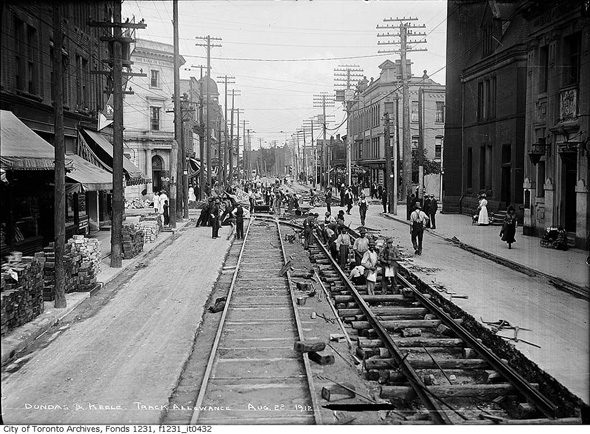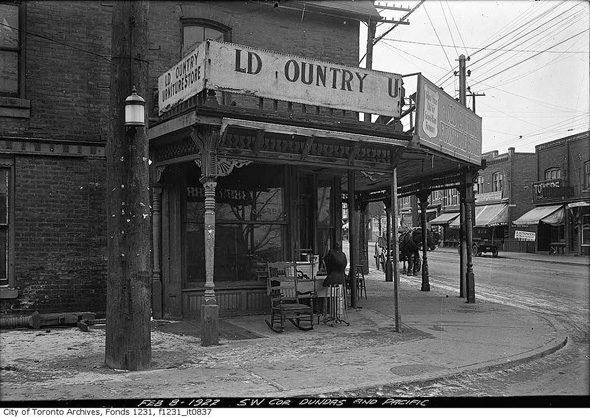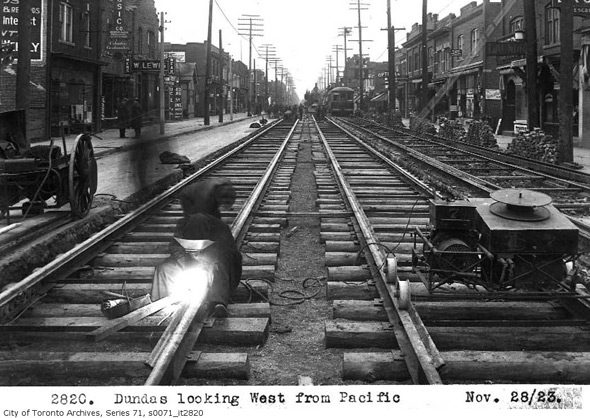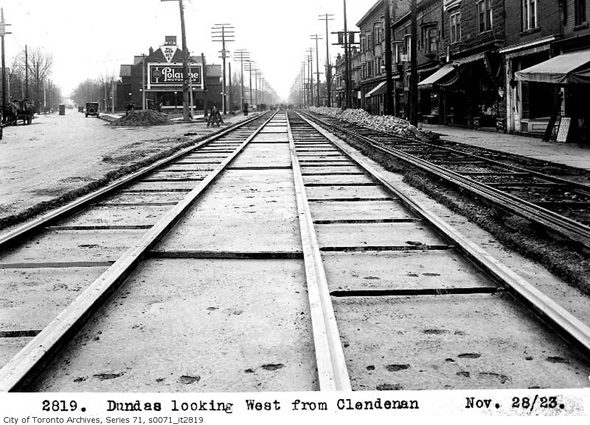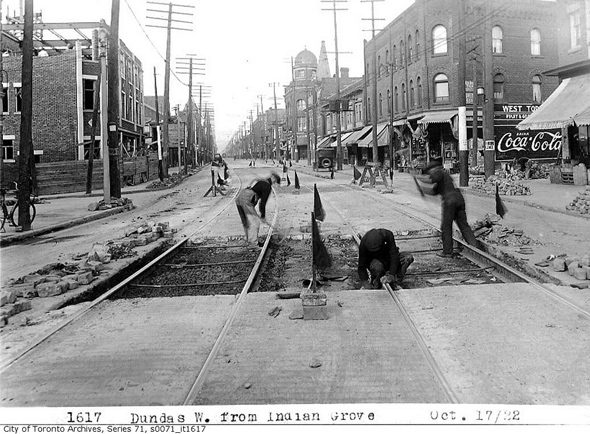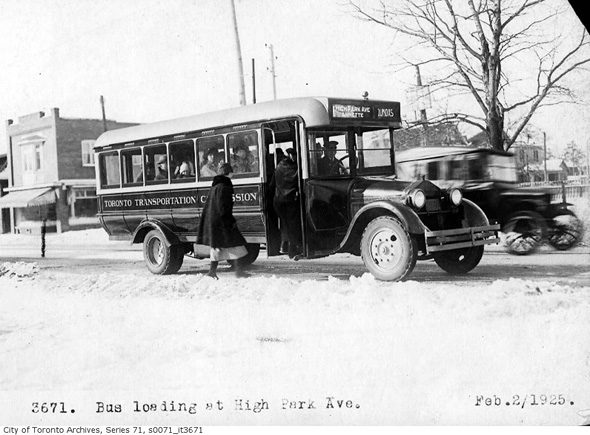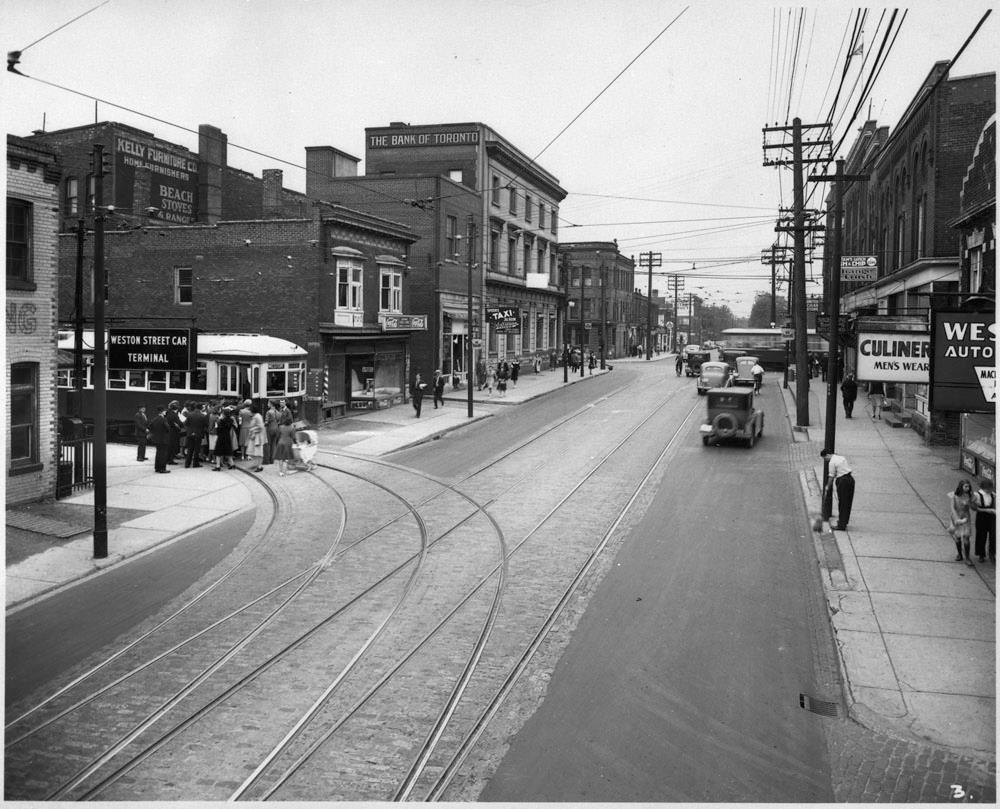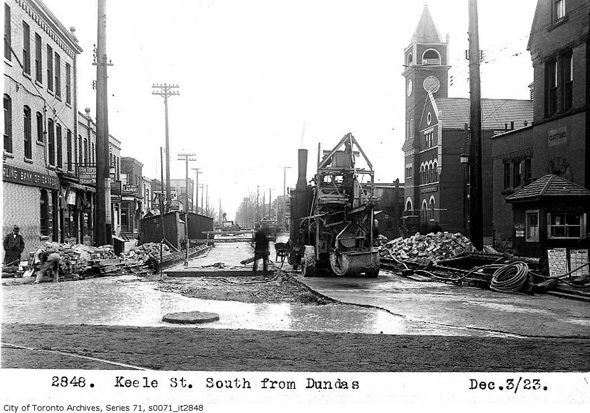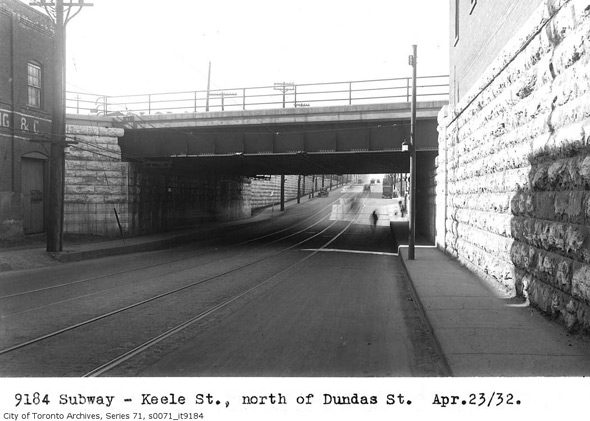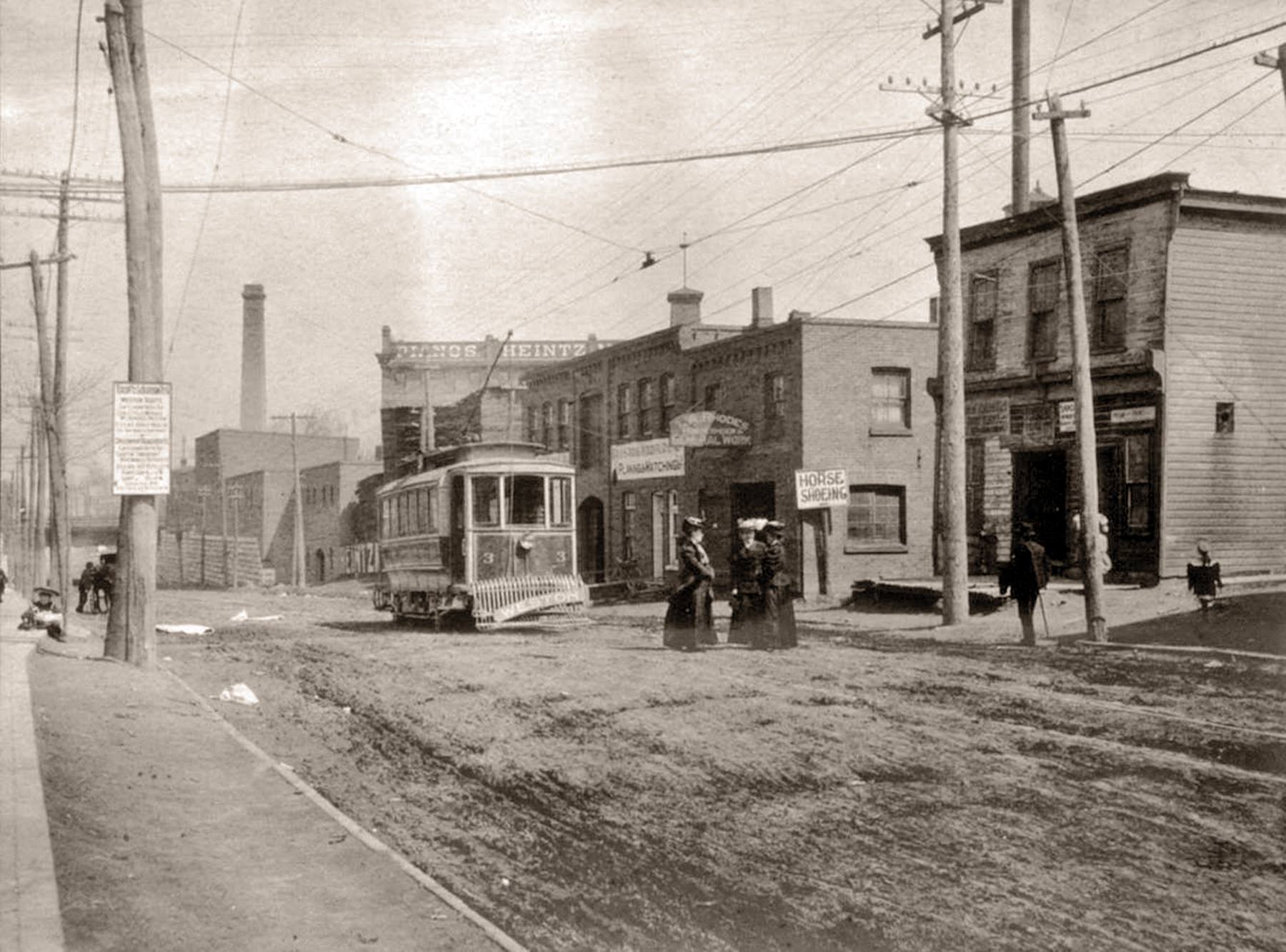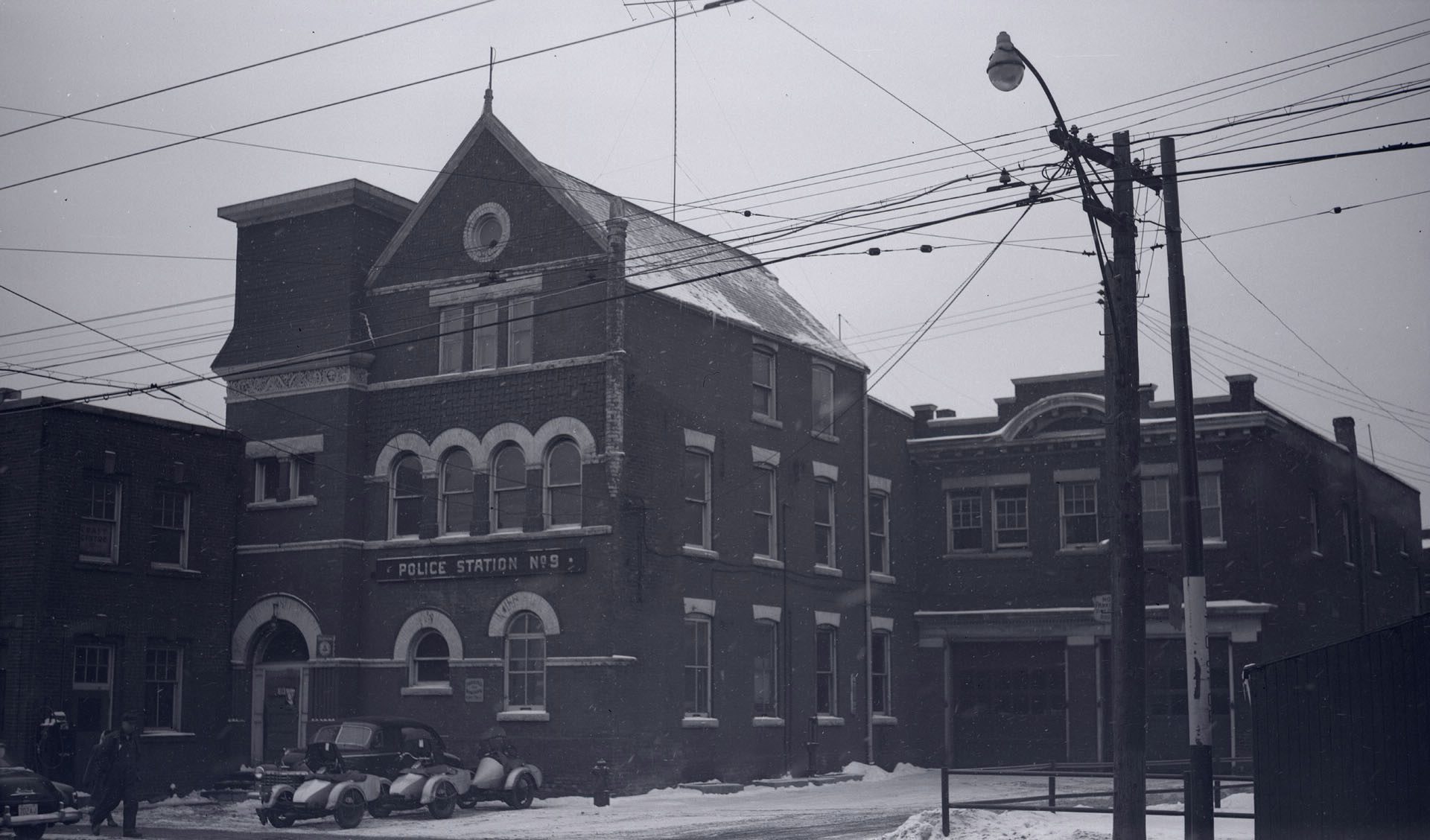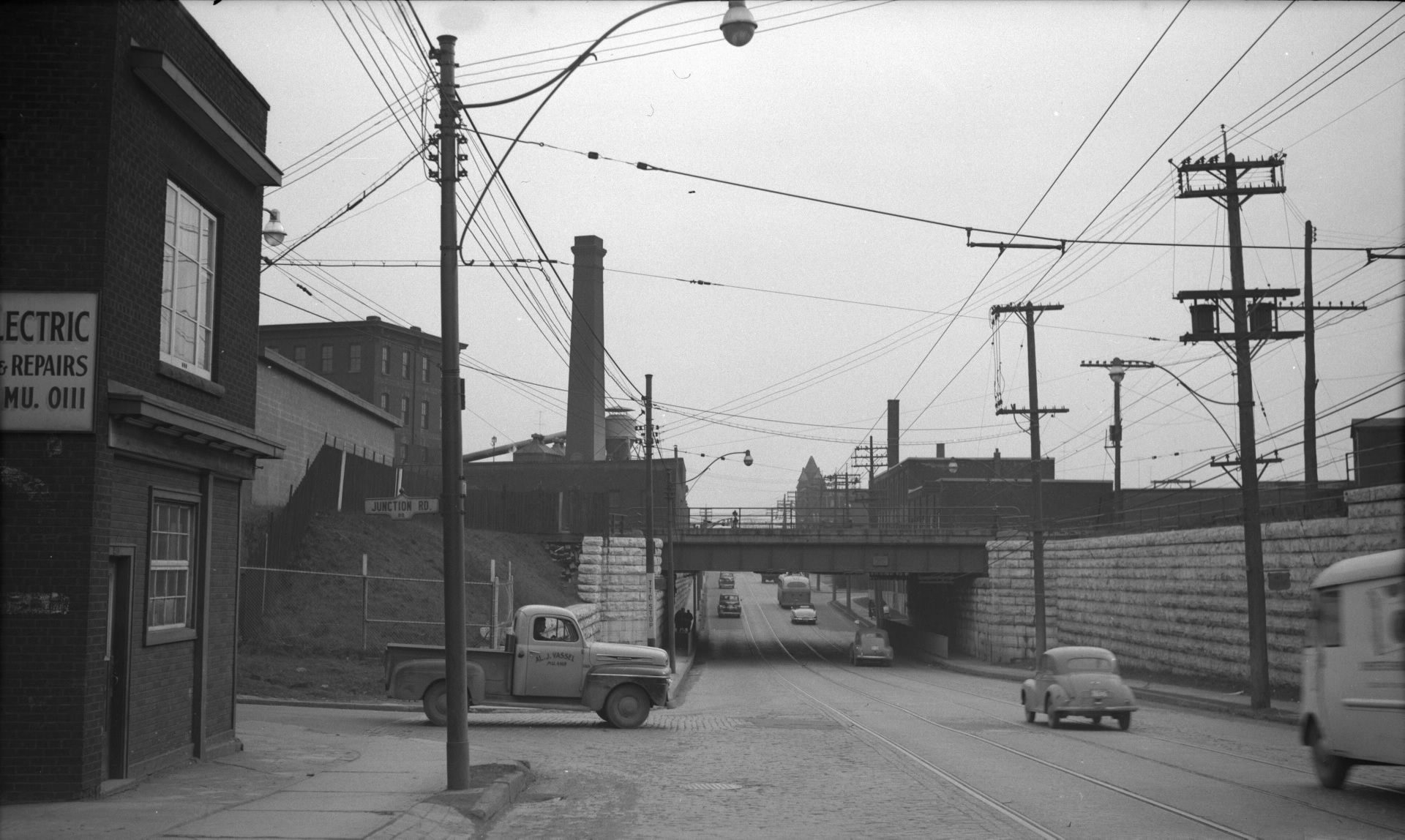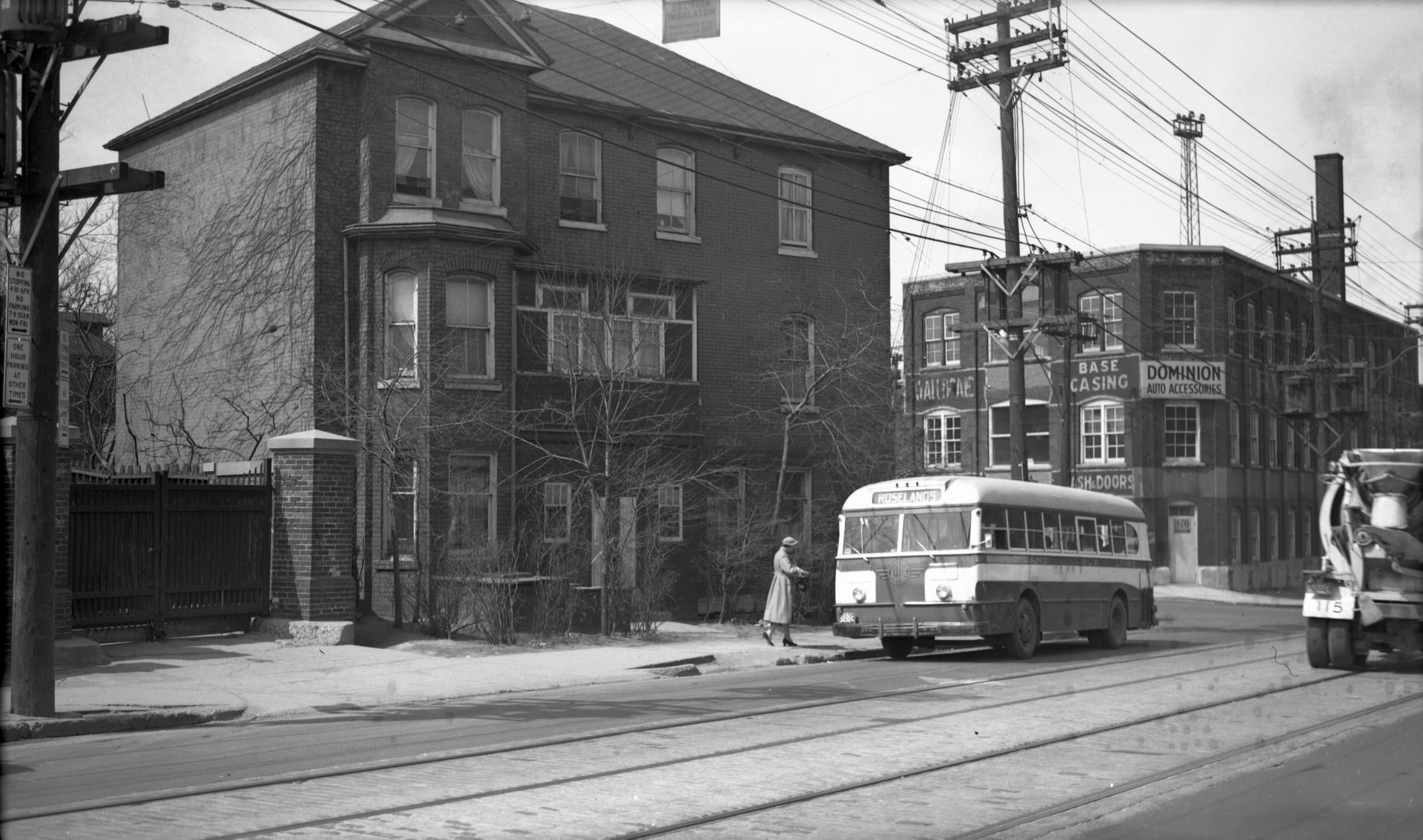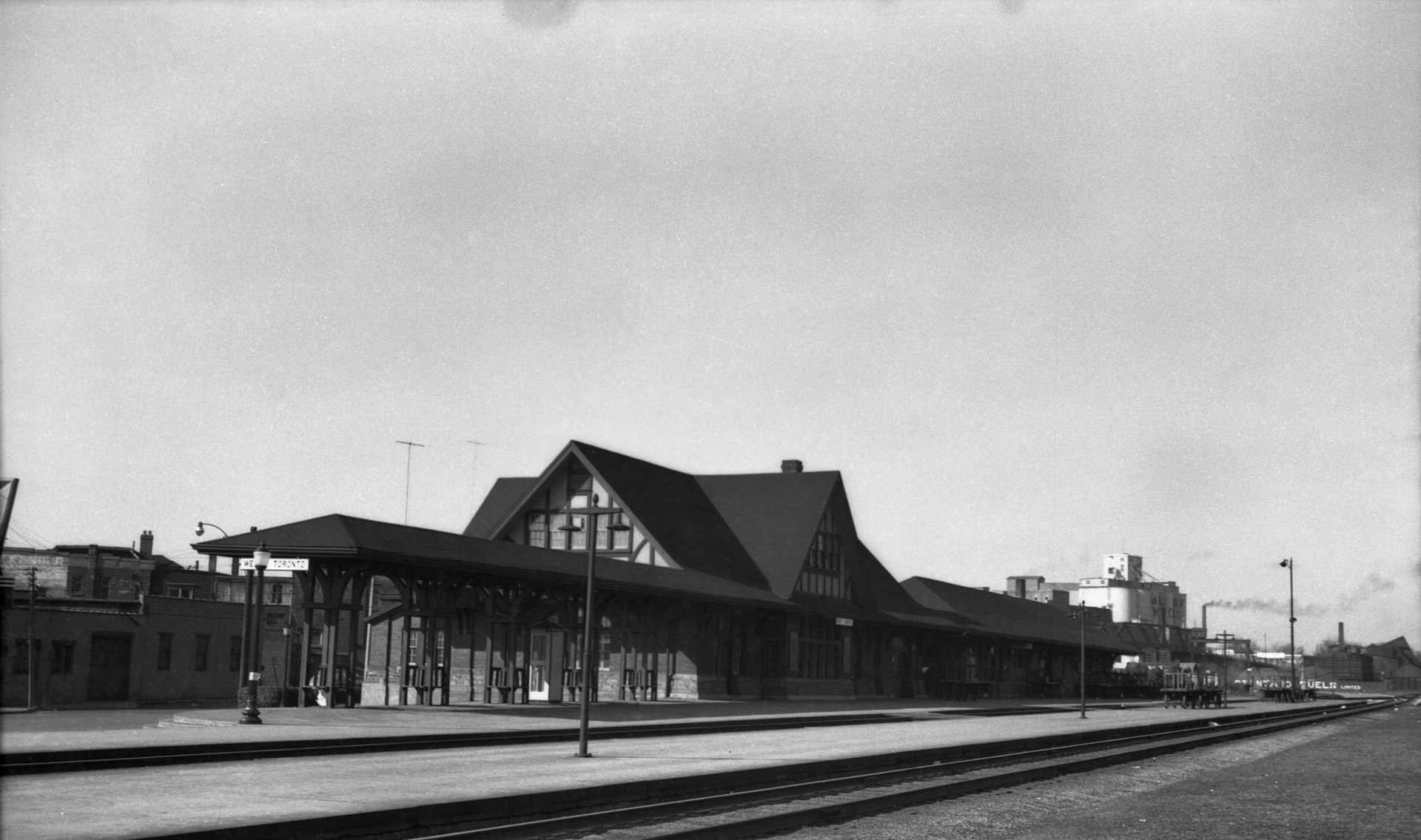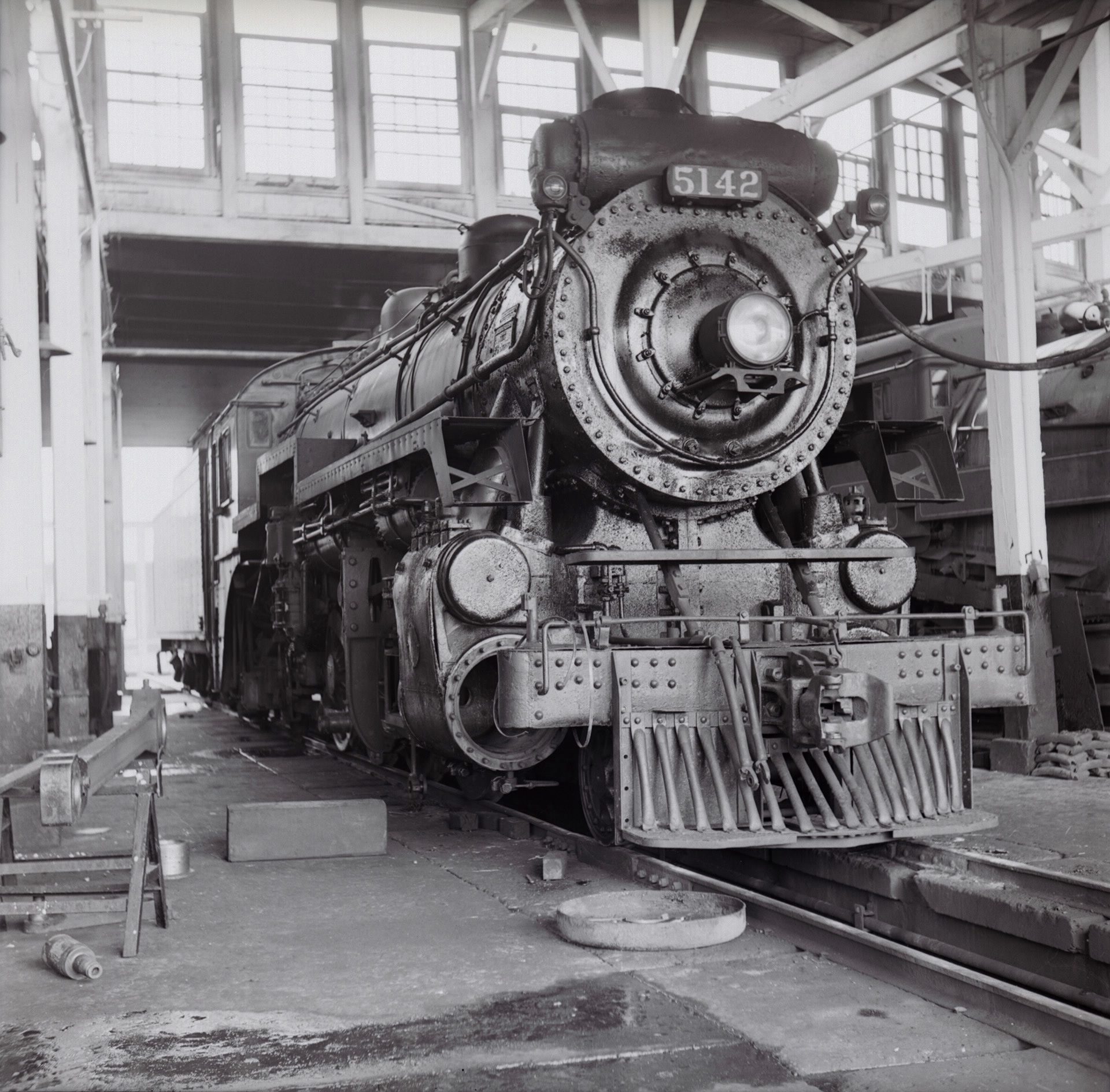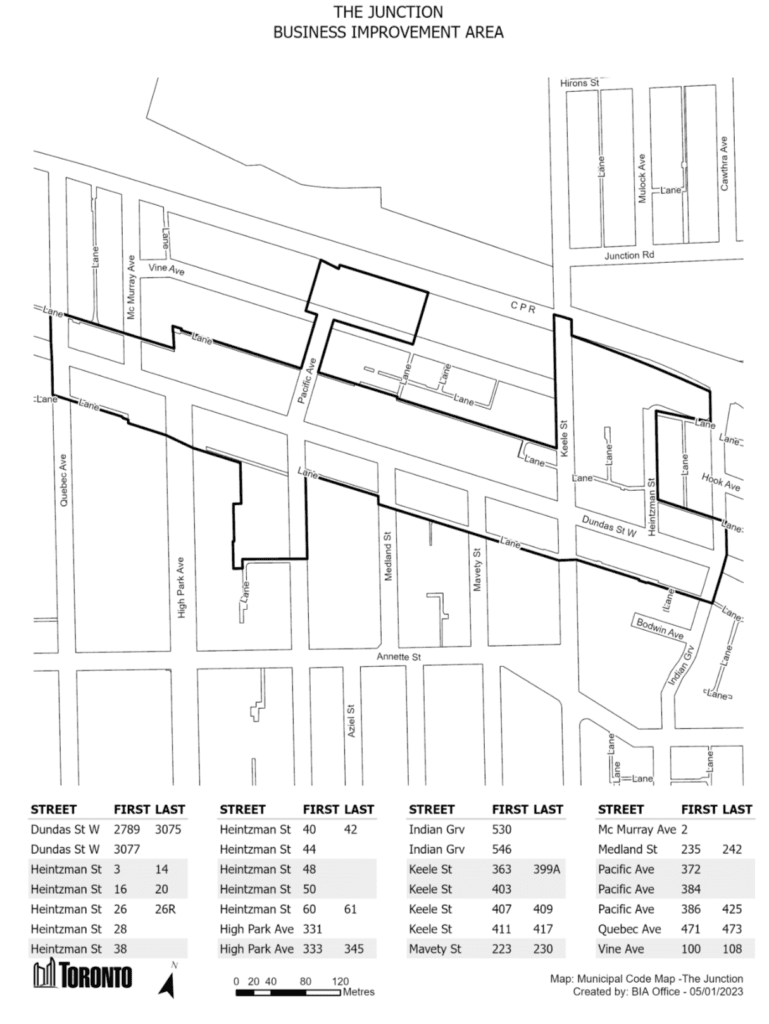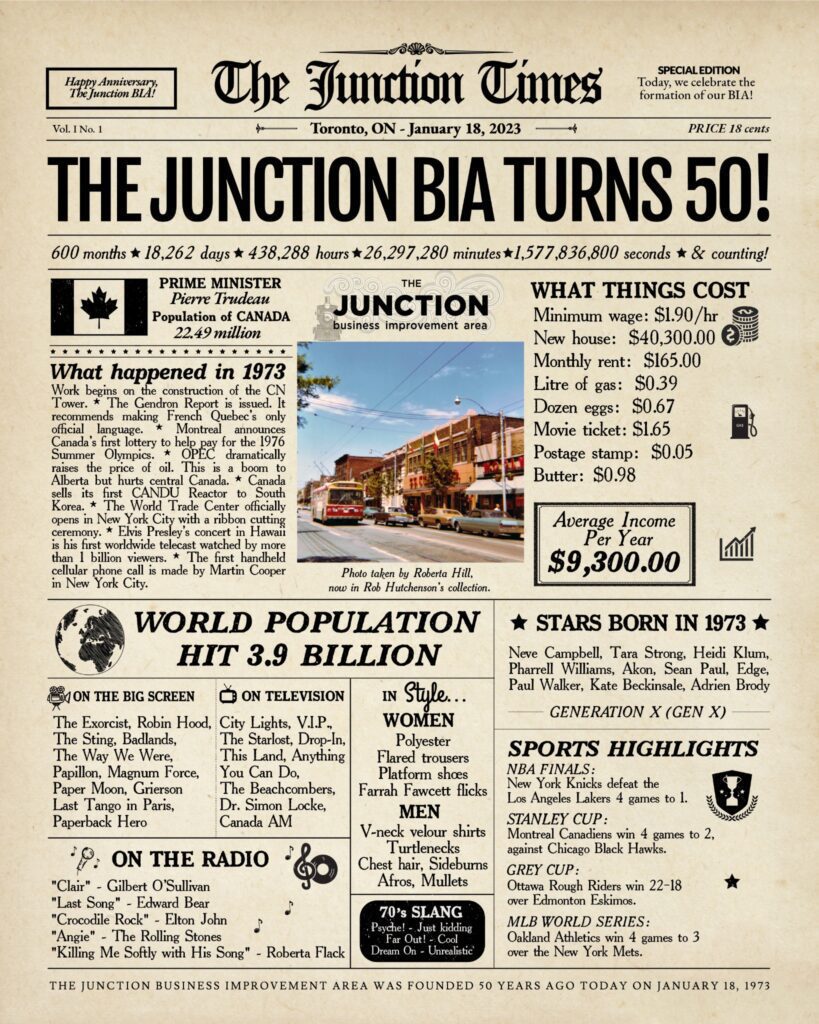About Us
Welcome to the Junction, where community, commerce, and creativity converge to create a vibrant and thriving neighbourhood. Nestled at the heart of Dundas St West and Keele St, extending east to Indian Grove and west to Quebec Ave, The Junction BIA fosters a beautiful and safe environment where local businesses can flourish. Steeped in history as the original commercial strip for the West Toronto railway connection community, the Junction has always been Toronto’s Favourite Meeting Place. Here, a diverse mix of businesses offers an eclectic array of goods and services, inviting patrons to explore and engage with the neighbourhood’s unique character.
Recognized as one of the ‘hip’ communities by the New York Times and listed among the world’s 50 “coolest neighbourhoods” by Time Out, the Junction has garnered international acclaim as a must-visit destination in Toronto. Renowned for its vibrant patio scene through initiatives like CaféTO in the Junction during summer, the neighbourhood offers an unparalleled outdoor dining experience.
At the forefront of innovation and artistry, the Junction proudly hosts annual events like the award-winning Window Wonderland. This interactive outdoor gallery transforms the neighbourhood into a mesmerizing display of augmented reality (AR) installations by local and international artists, captivating visitors with its blend of creativity and technology. Our ten permanent AR wall murals have positioned the Junction as a recognized AR destination within Toronto, further enhancing its allure as a hub for art, culture and innovation.
Join us in celebrating the spirit of the Junction, where tradition meets modernity and community thrives amidst creativity and commerce.
Area History
The Junction has a rich and fascinating history. Originally, Native Canadian trading trails met at this location. Railway tracks were laid to follow these trails which fostered the growth of industry. Soon, hotels and taverns sprung up to accommodate the bevy of male workers. By 1904, the behaviour of the Junction workers was compared to that of the “wild west”, leading the residents to vote for banning the sale of alcohol until 1998. It was a long and tough fight lead by Vesuvio Pizzeria and Spaghetti House to regain the right to again serve alcohol in the area and it wasn’t until 2000 that the first drink was poured east of Keele Street at Shox’s. This is credited by many as the beginning of the revitalization of the Junction.
Founded in 1884 as a village, the Junction grew into a town, and then it became the City of West Toronto before amalgamation with the City of Toronto in 1909. The Junction has always retained a sense of its own small town feel and has continued to be a thriving centre for business. With much of the original architecture intact, this vibrant business area offers much to see both out and inside. Come and experience The Junction for a historical experience and visit the businesses to find out why it is considered such a trendy and progressive shopping area.
Photo Credit: West Toronto Junction Historical Society
The Junction BIA Map
Only businesses in commercial property in this boundary are members of the BIA. Click on the map to download it.
What is a BIA?
A Business Improvement Area (BIA) is a non-profit association of commercial property owners and tenants within a defined area who collaborates with the City to create thriving, competitive, and safe business areas that attract shoppers and diners, tourists, and new businesses. By working collectively, local businesses have the organizational and funding capacity to be catalysts for civic improvement, enhancing the quality of life in their local neighbourhood and the City. Toronto now boasts a total of 85 BIAs, representing more than 90,000 businesses – the largest number of BIAs in North America. The world’s first BIA was started in Toronto in 1970. Since then, this innovative public-private partnership model has been copied internationally. Focusing on street/sidewalk beautification, marketing and promotional campaigns, street festivals, clean street/graffiti removal campaigns, and crime prevention strategies, BIAs also act as a unified voice to address issues on behalf of their membership. BIA members employ more than 400,000 people in full-time and part-time positions. Over 7.4 million people attend the more than 160 community events, and street festivals supported and produced by BIAs throughout the year. Source: City of Toronto website.
How does a BIA work?
A BIA is run by a volunteer Board of Management elected from its members. The Board is nominated at an Annual General Meeting and, once approved by City Council, serves a four-year term concurrent with the term of Council. The Board works on behalf of its BIA and meets regularly to develop budgets, set priorities, implement capital improvements, plan events, and promote its business area.

